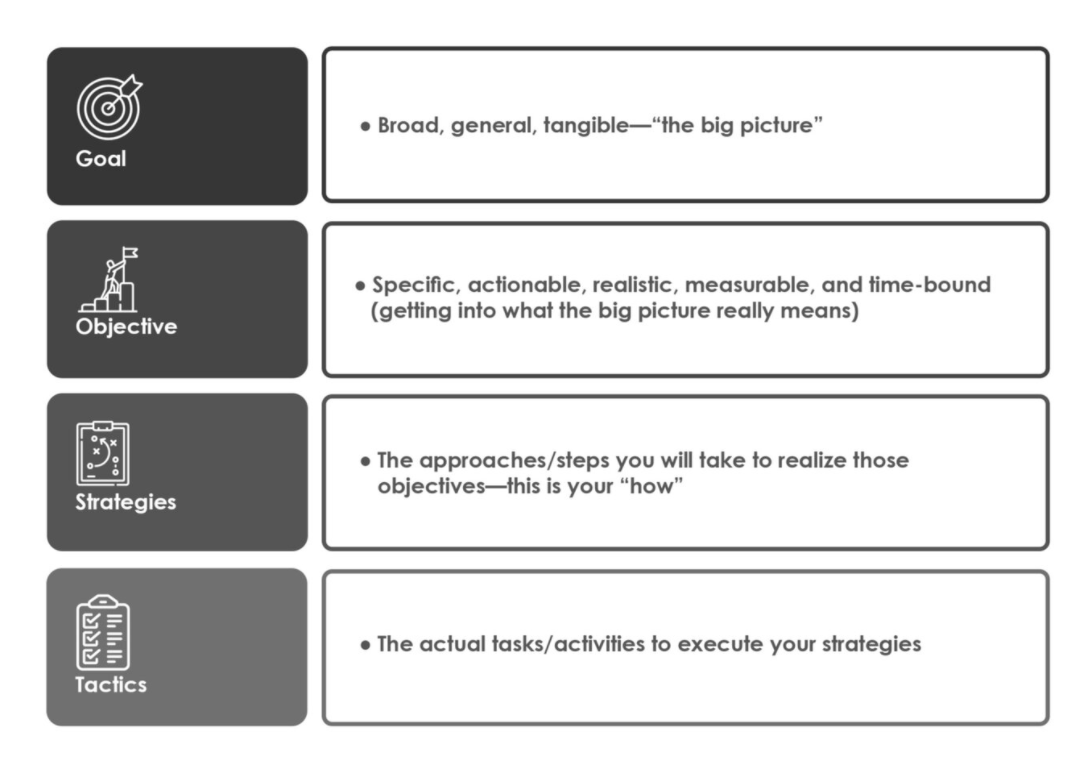Creating a Compass to Guide Your Career
In business, in a career, in any endeavor in life, you can’t advance toward your goal if you don’t have a clear understanding of what your goal is. You can’t succeed in building the business of you if you don’t have a plan. Because if you’re just executing all over the place, people can’t get on the bus to support you in realizing the vision of where you want to be. Your plan is your lifeline in chaos and your road map while traveling.
Centuries ago, explorers, navigators, and pioneers needed to know what direction they were traveling as they ventured into the unknown. They trusted their compass to tell them where they were in relation to their surroundings so they could better plan their journey toward the ultimate destination.
To find success in your career — whether you are just starting out, looking for a change, or ready to advance— you need to create your career compass. It’s a directional guide, rather than a linear one with turn-by-turn instructions. It’s a strategic plan. So, even as you shift and switch and pivot, you’ll be doing so according to your own strategic plan.
How to Create Your Compass
The art and science of strategic planning are familiar to anyone who’s attended business school or simply took a business class. Starting and running a business without a plan is like applying for a job without a résumé.
Strategic planning is about defining your direction (or potential directions) based on connecting the dots between the trends and your interests and goals, and then outlining how you are going to make it happen. Sounds simple enough, but what about when you’re pulled between conflicting ideas? You have all these aspirations. That’s great. How are you going to “parallel path” them into reality? In our fluid new world, compensation is not the deciding factor. Which job, gig, client, customer, or opportunity should I take? The one that pays more is not the right choice, because wealth isn’t the only metric that matters anymore. Personal fulfillment does. So if none of your goals are personal, you’re missing half the picture.
When you map out your career trajectory and identify what you want, the next step is to see what’s missing:
What gaps exist between your current skill set and where you want to be?
What other gaps do you need to fill before you can cross the bridge to your future, and how do you systematically overcome these obstacles?
Do you need to change industries? If yes, is this a huge jump into an adjacent field or even something you’ve never tried before?
Do you need to change companies? Sometimes
Do you need to change roles?
Do you need to change your work environment?
Do you need to change your manager? Or coworkers?
Do you need to change your skills, both hard and soft?
Putting it all Together
As you answer these questions, simply follow the GhOST method. GhOST stands for goals, objectives, strategies, and tactics. Here’s a guide:
You’ve identified the big picture of what you want. Have you considered all the ways to get there? Conversely, do your tactics logically ladder up into your focused vision of the future against this one goal? Fill those gaps with activities that are necessary to finding success and fulfillment or refine your goals and objectives to clarify what you really want.
Your comprehensive, implementable strategic plan could take up to a few hours or even a couple of weeks to fully map out. If that seems like a lot of work for a measly set of charts, ask yourself this: Should I spend a few hours hours mapping out my plan so I know in advance every move I need to make, or would I rather be frustrated and stuck without any idea how to improve? I think you know the answer...
Now that you know in what direction you want to travel, you will never get lost again. Changes may come, and they likely will, but you can rest assured you’re prepared if and when they do.
This post was adapted from Chapter 4 of Building the Business of You. Learn more about Creating Your Compass in the book or by joining the Business of You e-course.


